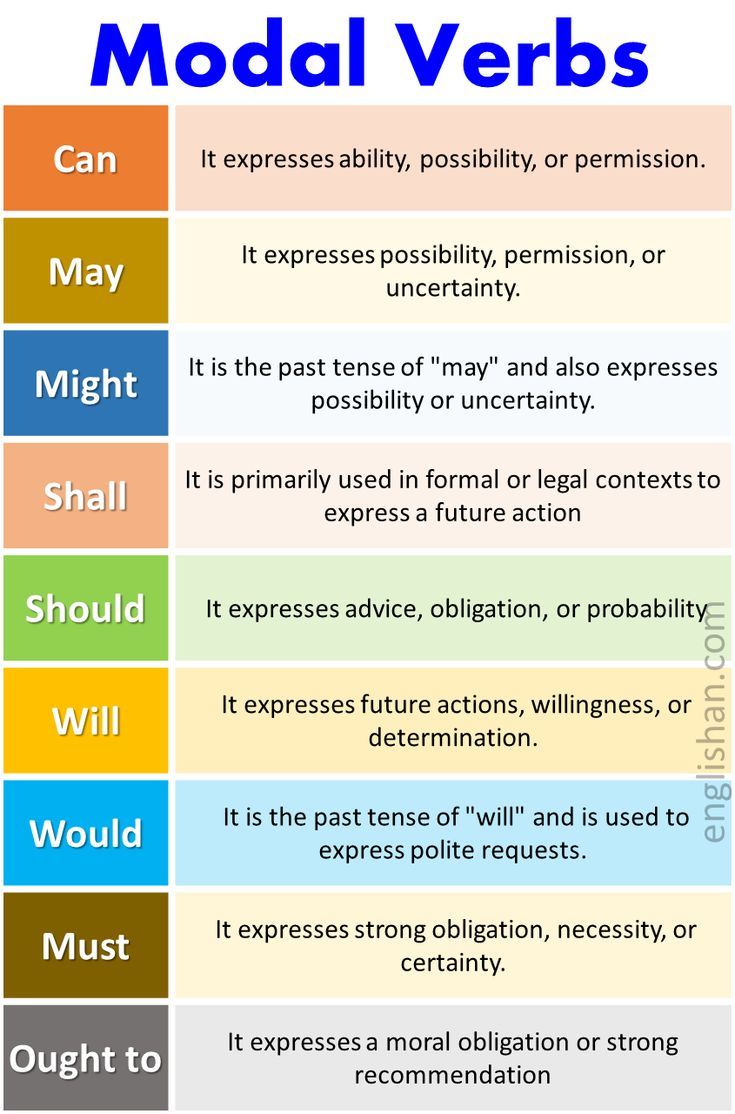In the vast landscape of language, every word plays a significant role in constructing our thoughts and conveying our intentions. Among these, modal verbs stand as unique linguistic tools, capable of infusing our communication with layers of meaning and nuance. But what are modals, and why should one invest time in comprehending their intricacies? The answer lies in their transformative power, shaping not just sentences but entire perspectives.
Modal verbs—think of them as auxiliary verbs—serve as expressors of modality. They denote possibility, necessity, permission, ability, and even futurity. Words like can, could, would, should, may, and might comprise this intriguing subset of verbs. Each serves a distinct purpose, providing subtle shifts in meaning that can entirely alter the interpretation of an idea. To elucidate their importance, let’s unravel the complexities of different types of modal verbs and how they substantively affect communication.
At the heart of modality lies the concept of possibility. When one employs modals such as may or might, they introduce an element of uncertainty. The phrase “It may rain tomorrow” doesn’t merely convey an observation; it engenders a sense of anticipation and potentiality. The listener is invited to ponder various outcomes, creating a space where possibilities flourish. This mere juxtaposition of expectation against uncertainty fosters an erudite engagement with the language itself.
In contrast, when modality leans towards necessity, modals such as must and have to emerge. A statement like “You must complete your assignment” is far more compelling than simply stating, “You should do your homework.” The former embodies an obligation, a compelling force driving the listener toward a potent action. Such modals can evoke urgency, pushing communicative exchanges into the realms of accountability and responsibility.
Furthermore, permission is an equally vital dimension of modality. Here, verbs like can and may facilitate the granting or seeking of approval. For example, “May I leave early today?” encapsulates not just the act of seeking permission, but conveys a level of respect and politeness towards the interlocutor. This distinction between can and may is particularly captivating; while both can imply ability, may elevates the inquiry to a social norm, enriching the interaction.
Exploration of the modal landscape also reveals how hypothetical scenarios are crafted using modals like would and could. For instance, “If I had the time, I would travel the world” deftly conjures a world rife with hypothetical opportunities. Such statements not only entertain the imagination but also invite listeners to indulge in scenarios that are both intriguing and reflective. The elegance of hypotheticals beckons individuals to dream beyond their immediate confines, fostering a sense of philosophical inquiry.
Understanding modals is not merely an academic exercise; it promotes a profound appreciation for the subtleties embedded in language. For educators, grasping these nuances provides an opportunity to instill a richer understanding of communication in learners. For professionals, deploying the right modal verbs can markedly improve the clarity and effectiveness of their messages, thus enhancing interpersonal relationships.
Yet, the journey into the realm of modals is fraught with challenges. There exists often a degree of ambiguity in their usage, which can perplex even seasoned speakers. A distinction must be made between strong and weak modals. For example, must conveys a stronger obligation than should, which introduces a softer, more tentative suggestion. Clarity hinges on recognizing these distinctions, as miscommunication can arise from incorrectly gauging the strength of a message.
Moreover, regional variations across English-speaking cultures further complicate modal usage. A British speaker might use shall in places where an American speaker would prefer will. Such divergences illuminate the richness of language while simultaneously highlighting the importance of context. A keen awareness of one’s audience can provide a diplomatic advantage, particularly in international interactions.
The cognitive impact of modals cannot be overlooked. Research suggests that the choice of modal verbs can influence decision-making processes. For instance, using stronger modals like must may lead individuals to feel that they have less autonomy in decision-making compared to softer modals. Herein lies another layer of insight; those who wield language carefully can potentially guide thoughts and perceptions through subtle shifts in modality.
In conclusion, an exploration of modal verbs unveils a rich tapestry of communicative precision, ethical implications, and cognitive influence. As language enthusiasts or mere casual speakers, a renewed appreciation for modals can transform how one engages with others. The possibility of permutations in meaning—the promise of shifting perspectives—makes this linguistic endeavor not only essential but immensely rewarding. Language is not static; it ebbs and flows, shaped by the delicate interplay of modals, beckoning us to embark on an endless journey of discovery and engagement.
